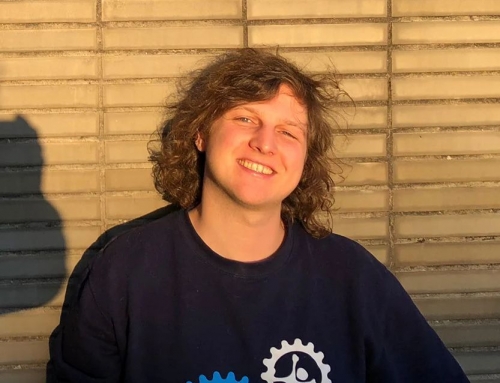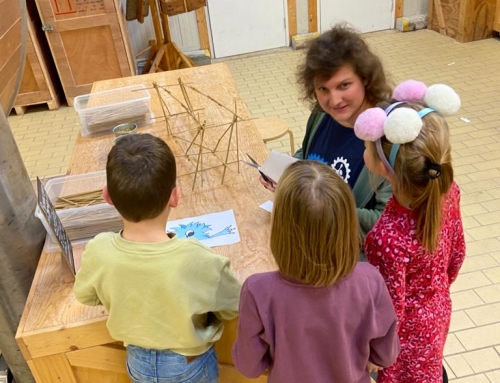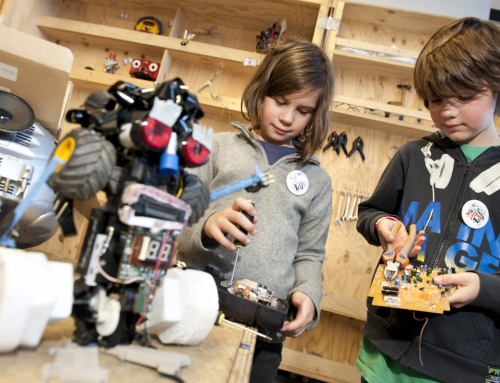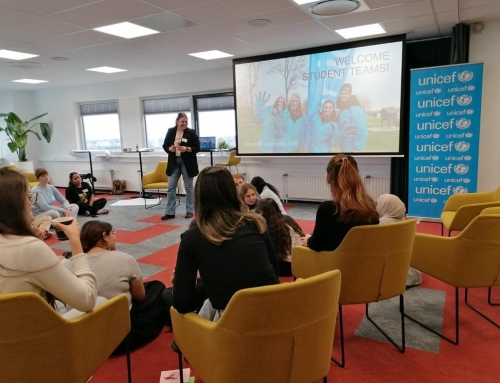Analysis Phase
Research, big data, segmenting and analysis
Research, big data, segmenting and analysis mostly sound really rational, statical and based on facts. Nevertheless, we changed this traditional topic into an empathic and creative process.
Research is about empathy. Understanding, truly understanding someone. Stepping into the shoes of someone else to experience, feel and as I already said UNDERSTAND the other person. Imagine, every morning you wake up early, get a good strong cup of coffee with your colleagues, you walk to your movable workplace, start the engines and you drive to the first stop to fill your bus with people. You work as a bus driver at Arriva and the only thing you worry about every day is that you arrive at the bus stops on time. Now they are asking you for your opinion on what it’s like to travel by bus as a pregnant lady!? Well, I bet you cannot give a definite answer to that. But what if we put in a bit more effort in terms of understanding the other person? This is called empathy. Empathy is understanding someone else’s experiences and feelings.
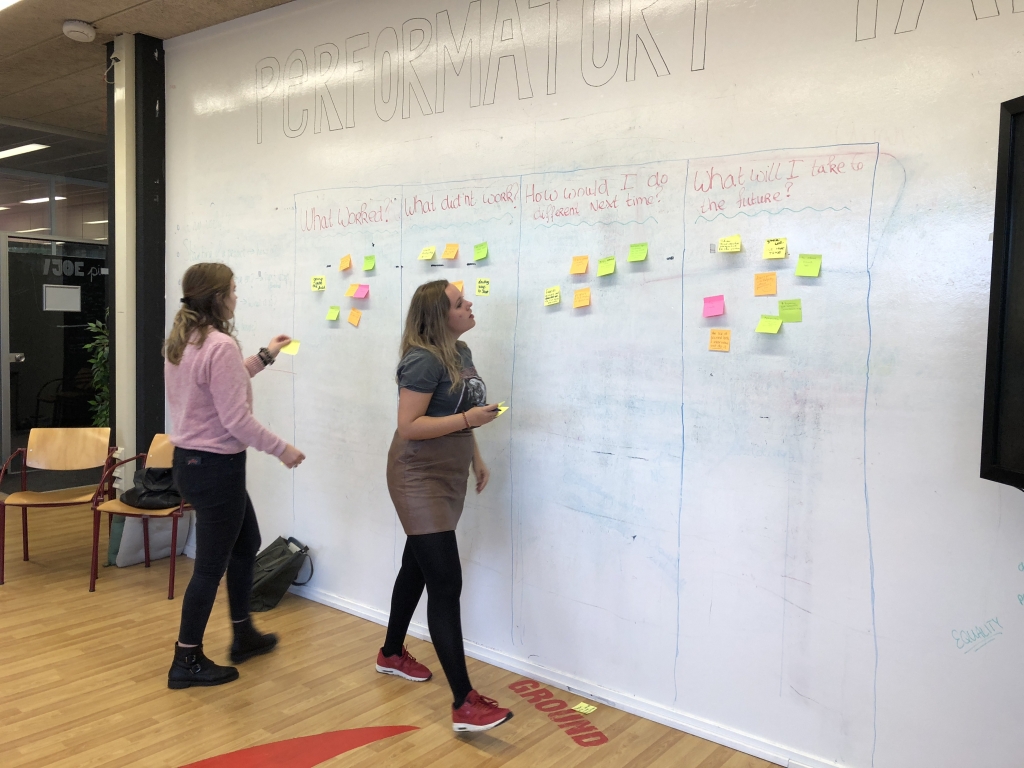
That is what we as Experience Designers do
That is what we as Experience Designers do when we carry out research. And that is also precisely what we can offer you! We do this by using Design Research Tools. This is not just a different way to design your research or to collect data. No, it is different in a way that requires a philosophical understanding on knowledge development. We listen to multiple voices instead of one, we focus on the human instead of the product and we strive for quality instead of quantity.
Today we gave meaning to design research tools by using a case for the national public transport organisation called NS. NS is the biggest public transport organisation in the Netherlands. They provide all the people who live in and visit the Netherlands with transportation. They put their travellers first, second and third place, and they are committed to giving them a pleasant and sustainable journey from location A to location B anytime, anywhere. The assignment was to do research for NS which would help them to make travelling for all their target groups more comfortable. In the afternoon, students went to central station Breda, to discover the perspectives, feelings and opinions of the target groups of NS.
To gather this personal information, the students had to talk to people. Using various kinds of design research tools. For example, ‘the graffiti wall’. This is a tool where passing people can write down everything they want to on a big paper/wall/other medium about a certain topic. It is a method which triggers people to get into action to co-create meaning together. It enables them to build upon the other perspectives written down by other people. Another design research tool is mobile interviewing. Normally when you do an interview, you sit opposite each other in a familiar setting. Here you make a deliberate choice for a location where you want to do the interview. You choose the location based on the topic you want to talk about. The environment should have an added value to the conversation. By walking through the environment, the conversation will become more natural, the interviewee will feel more comfortable, which will give you more valuable information. Lastly, I want to address the design research tool of prototyping. This one refers to my first example of the bus driver. Prototyping also is a design research tool which evokes empathy. It literally could mean placing yourself in the shoes of someone else. Truly experience (together with the users) what it is like to use or work with the product/service. When it comes to the example of NS, you can use the visitor journey design research tool. Here you place yourself into the behaviour of the target group and you walk the journey the target group travels when they visit or use the service. When do they have contact with the organisation and how is this contact going?
So, we, students of Experience Design at BUas can bring your research alive! Instead of researching behind a desk, we help you to step into the experience of your users to understand them. This will improve your product and the relationships with your customers, resulting in stronger customer relationships.

